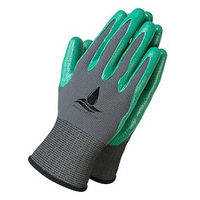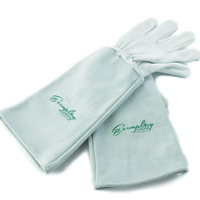How to choose the right gardening gloves for each task — and keep your hands protected
Protect your hands in the yard
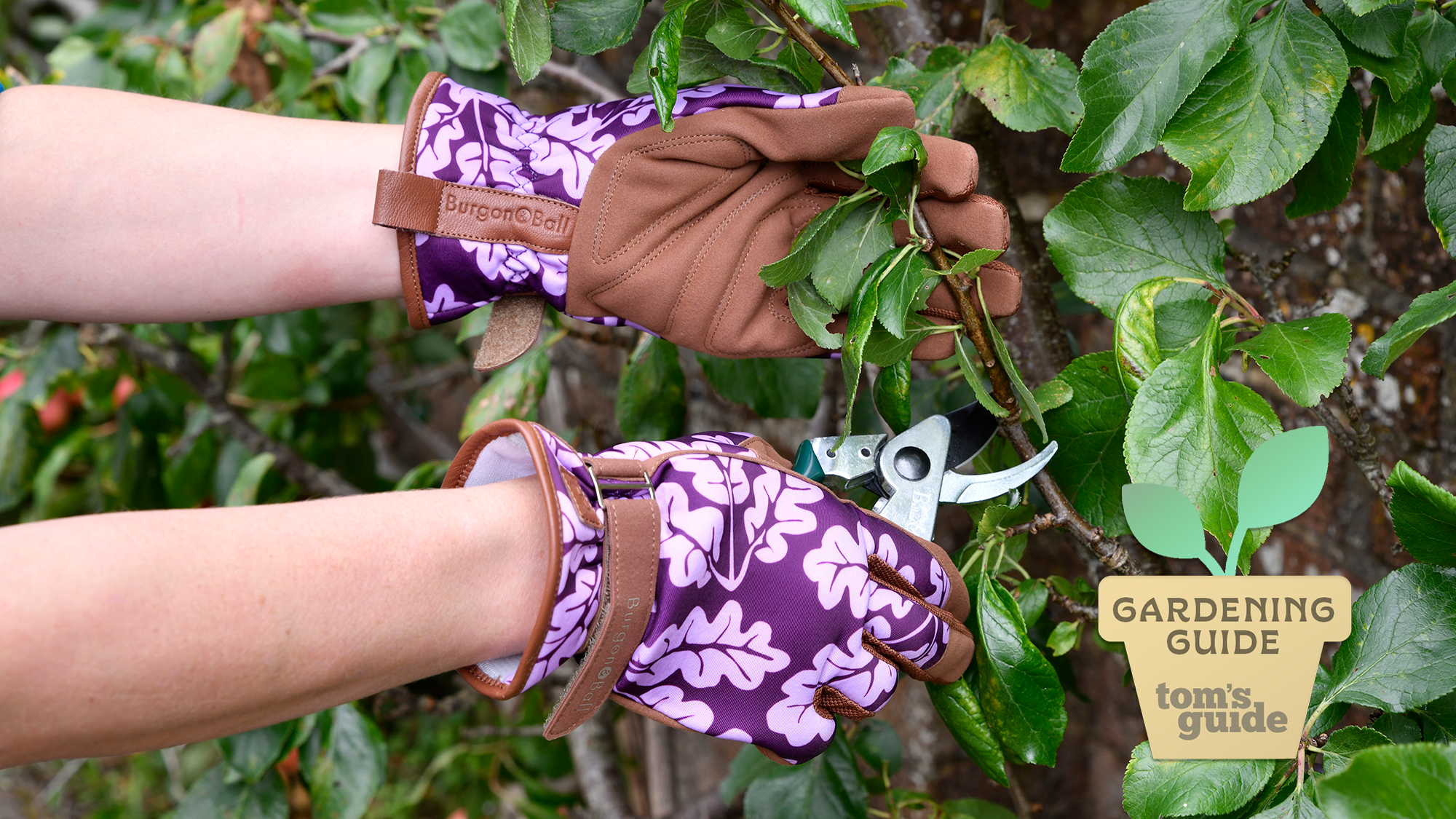
Even the hardiest of hands will come up against some tough challenges during gardening, so I’d always recommend keeping them protected with one of the best pairs of gardening gloves.
In most instances, unless you have a small container garden or a bijoux balcony garden, you’ll need to invest in more than one pair. Just like gloves that protect our hands in the winter, we often own multiple pairs of gloves for different purposes.
Here we look at why you should wear gardening gloves and what qualities to look for when choosing the best pair for the job in hand.
1. Gloves for all
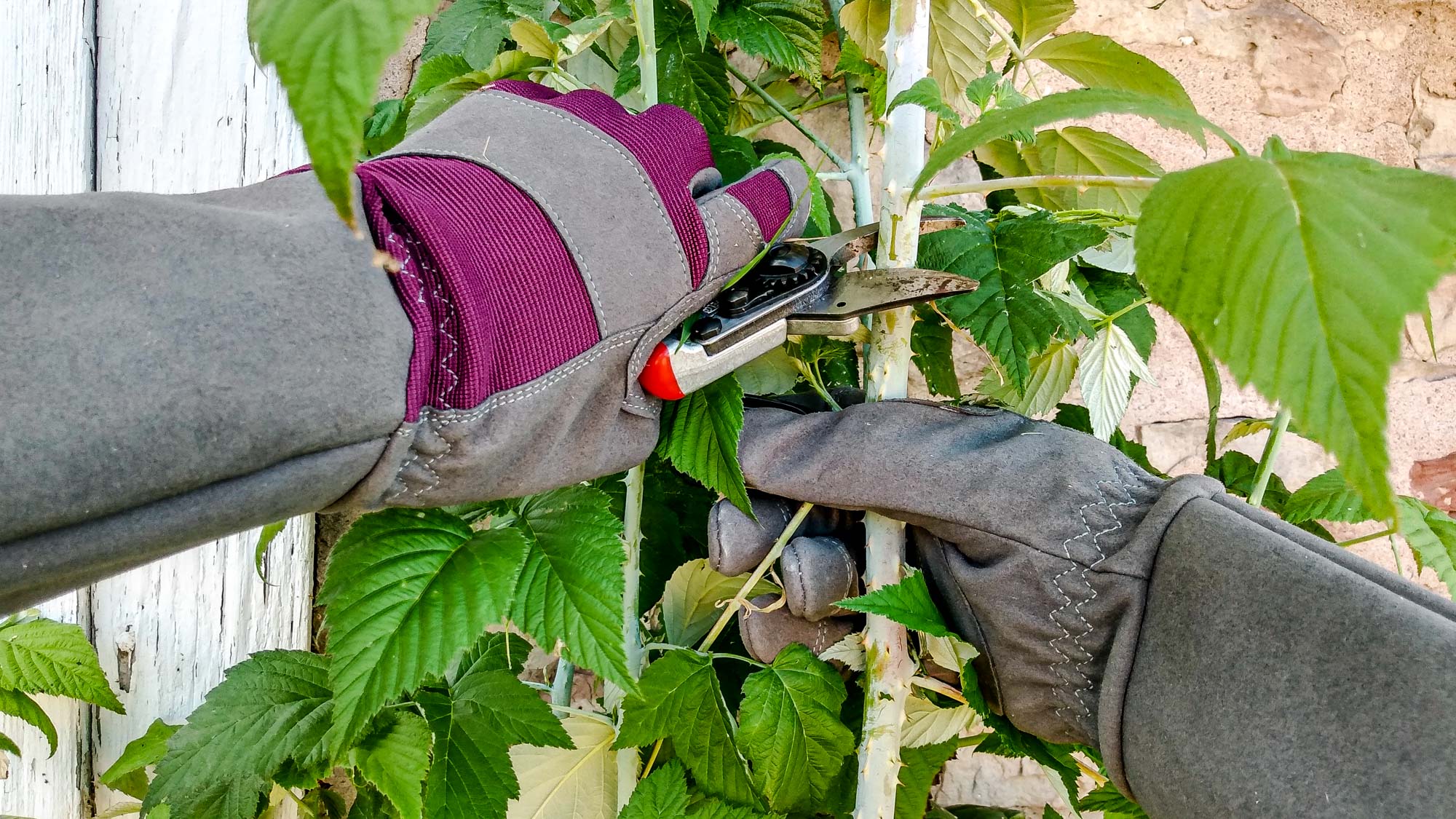
No matter how tough you think your hands are, gloves protect more than your skin from becoming rough. Without protection, your skin is prone to prickles from thorns, and stings from insects. But that’s not all. If you go about gardening barehanded, you are also susceptible to damage from harmful fertilizers and pesticides.
Some plants can also cause damage as their sap acts as an irritant and can cause a burning sensation on the skin, of which poison ivy is a common problem.
2. Get the right gloves for the job
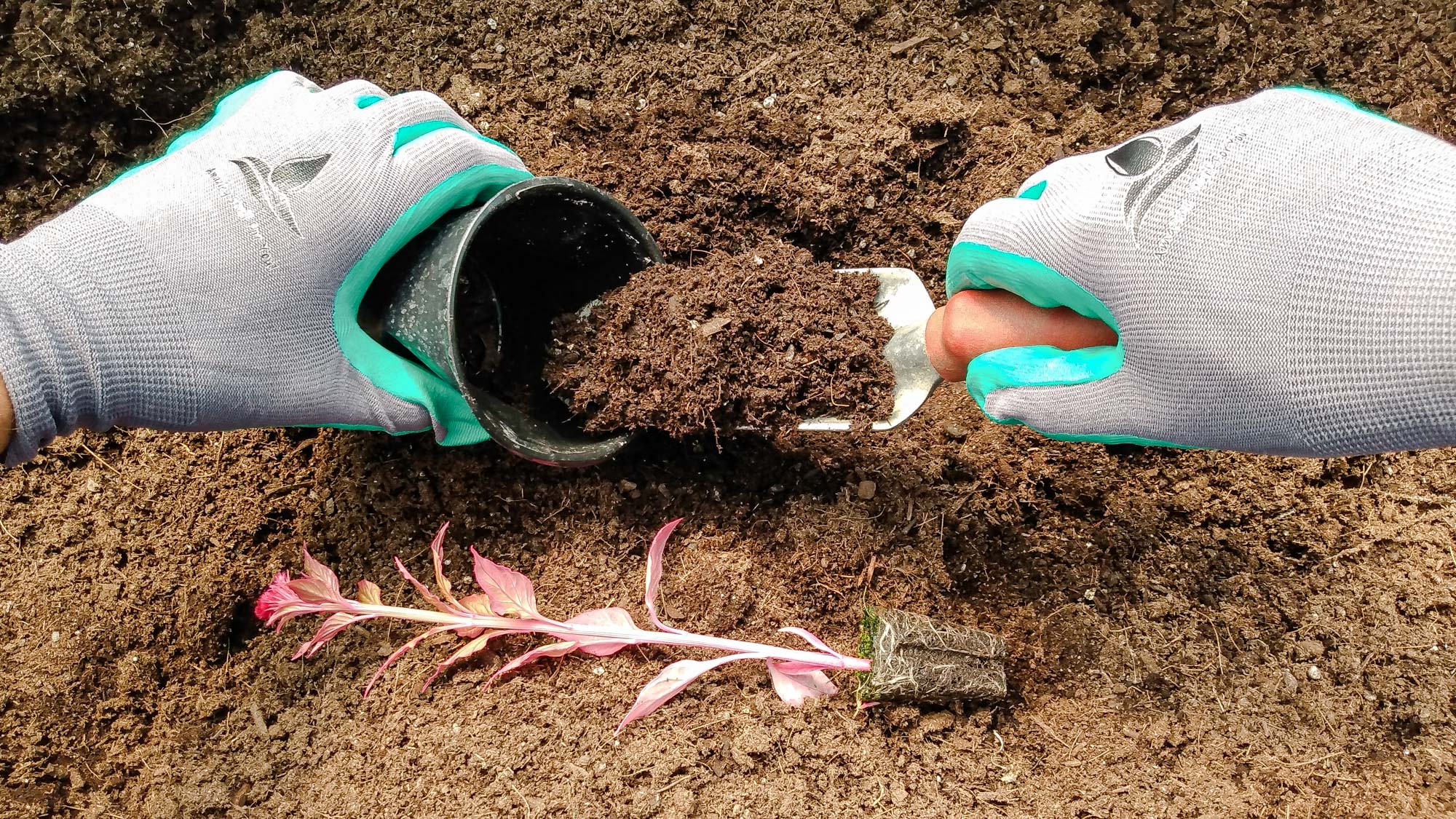
Although I always grab my favorite pair of gardening gloves for general gardening tasks, I have other gloves for tougher or more specific jobs.
My standard pair of gloves will see me through weeding, planting and light pruning, while I will need to swap them for waterproof gloves if I am dealing with wet soil or harmful substances.
Sign up to get the BEST of Tom's Guide direct to your inbox.
Get instant access to breaking news, the hottest reviews, great deals and helpful tips.
I will also have a thicker pair if I am dealing with particularly prickly bushes, or landscaping materials, and will protect my arms with long-cuffed gloves, often called gauntlet gloves, if I am pruning roses.
These garden gloves are made of nylon and nitrile and come in three sizes — small, medium and large. They offer excellent non-slip properties, are comfortable around the wrist, breathable and machine washable. At Tom's Guide, we recommend them as the best overall gardening glove.
3. Materials to consider

All materials are not equal when it comes to gardening. While sometimes you will need a pair that is soft and pliable, or waterproof with a solid grip, other times you will need a much thicker material to protect your hands from sharp tools and garden objects.
Rainer Schubert, managing director at Burgon and Ball, says, “If you want to keep your hands clean but maintain dexterity for detailed jobs like working with seedlings, lightweight stretch gloves with nitrile palms and fingers might be what you need.”
However, these won’t be suitable for all jobs, and Schubert adds, “If you need gloves to protect your hands during tougher jobs like digging, sturdy rigger gloves will give good protection.”
Pruning roses is another task, with Schubert recommending “a long-cuffed gauntlet glove to protect your forearm as well as your hands,” and adds it’s worth looking for ‘thornproof’ on the packaging.
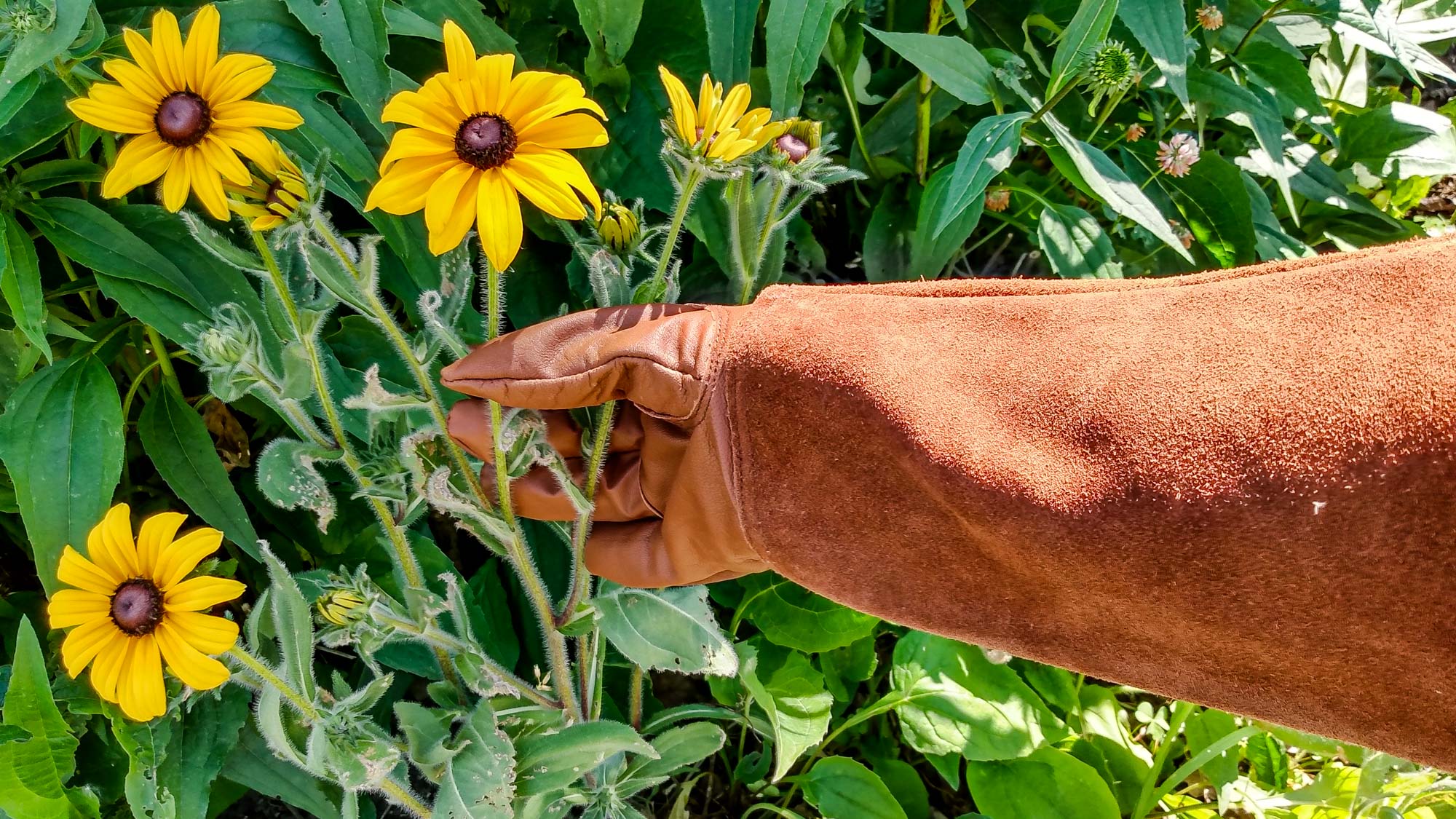
Cloth
You’ll probably find cloth gardening gloves to be the most comfortable of all, and they are widely available at a good price. However, although they are breathable, they won’t protect your hands from liquids or sharp thorns.
Leather
Leather gloves will provide durability in the garden, aiding puncture resistance against thorns and abrasion resistance against rough materials. They are often recommended when pruning roses, however, they are usually the most expensive.
The long-armed rose pruning gloves are made with goatskin leather and are puncture and water resistant. They are pliable and flexible, aiding dexterity in the garden. They are recommended as the best forearm protection glove in our buying guide.
Nitrile
Nitrile is a synthetic rubber that is resistant to chemicals, making it an ideal material to use in gardening gloves, and it’s also an alternative for those allergic to latex. The material is also lightweight and breathable material, making it easy to carry out dextrous tasks while allowing your skin to breathe. It’s worth looking for gloves that have nitrile on the fingertip and palms, as it will improve the grip, although they won’t protect your hands from puncture wounds.
Rubber-coated
Rubber gardening gloves won’t allow your hands to breathe and can cause blisters, so they aren’t recommended for everyday gardening tasks. Instead, they are best when you need a waterproof glove and protection from chemicals. They are the glove of choice if you are working with pesticides or clearing out a garden pond.
The right fit

Once you’ve decided on the correct garden gloves for the job, you’ll need to choose a pair that fits. They need to be snug so they don’t slip around, but not so tight that you can’t move your fingers. A good fit will allow you to make a fist without restriction.
It’s also worth checking the length, ensuring your fingers or nails don’t rub against the tips, and that you can get the gloves on and off easily, without a struggle. Plus, if you’re going for a pair with a cuffed wrist, do they stop debris from falling into the glove?
More from Tom's Guide

Camilla Sharman has worked in publishing and marketing for over 30 years and has covered a wide range of sectors within the business and consumer industries both as a feature, content, and freelance writer.
As a business journalist, Camilla has researched articles for many different sectors from the jewellery industry to finance and tech, charities, and the arts. Whatever she’s covered, she enjoys delving deep and learning the ins and out of different topics, then conveying her research within engaging content that informs the reader. In her spare time, when she’s not in her kitchen experimenting with a new recipe, you’ll find her keeping fit at the gym. In the pool, stretching at a yoga class, or on a spin bike, exercise is her escape time. She also loves the great outdoors and if she’s not pottering about in her garden, she’ll be jumping on her bike for a gentle cycle ride.
You must confirm your public display name before commenting
Please logout and then login again, you will then be prompted to enter your display name.
